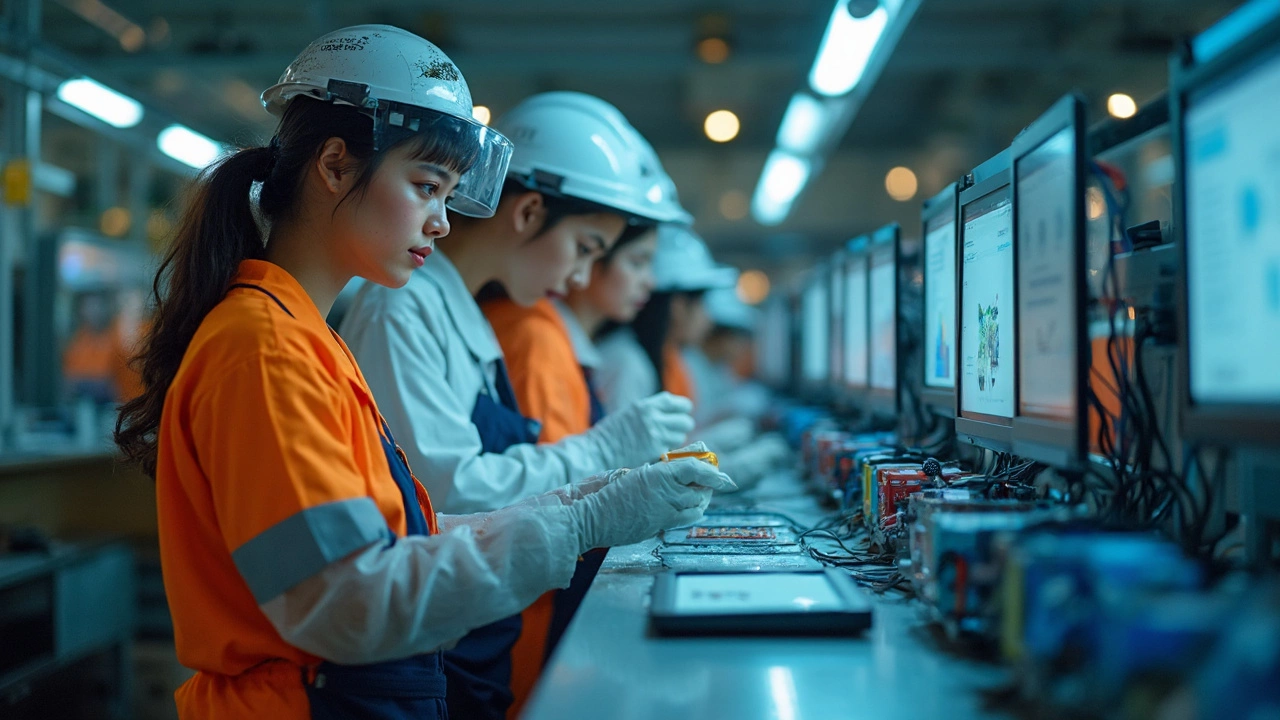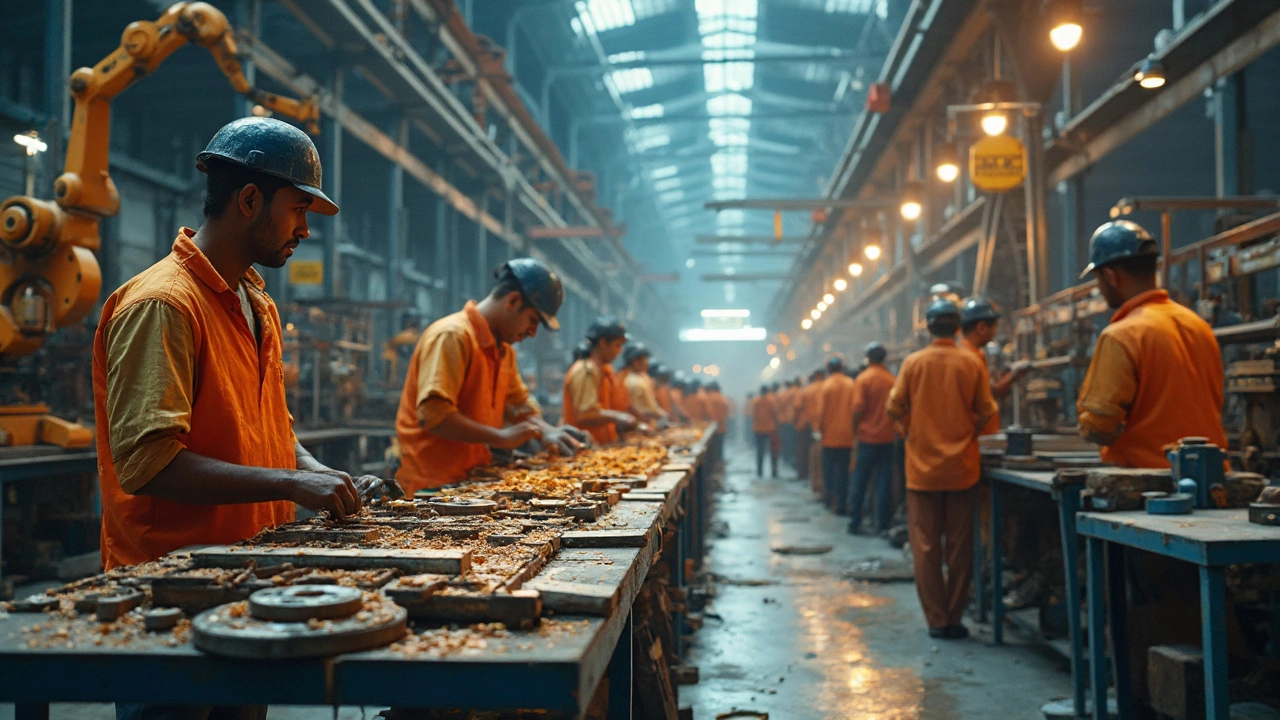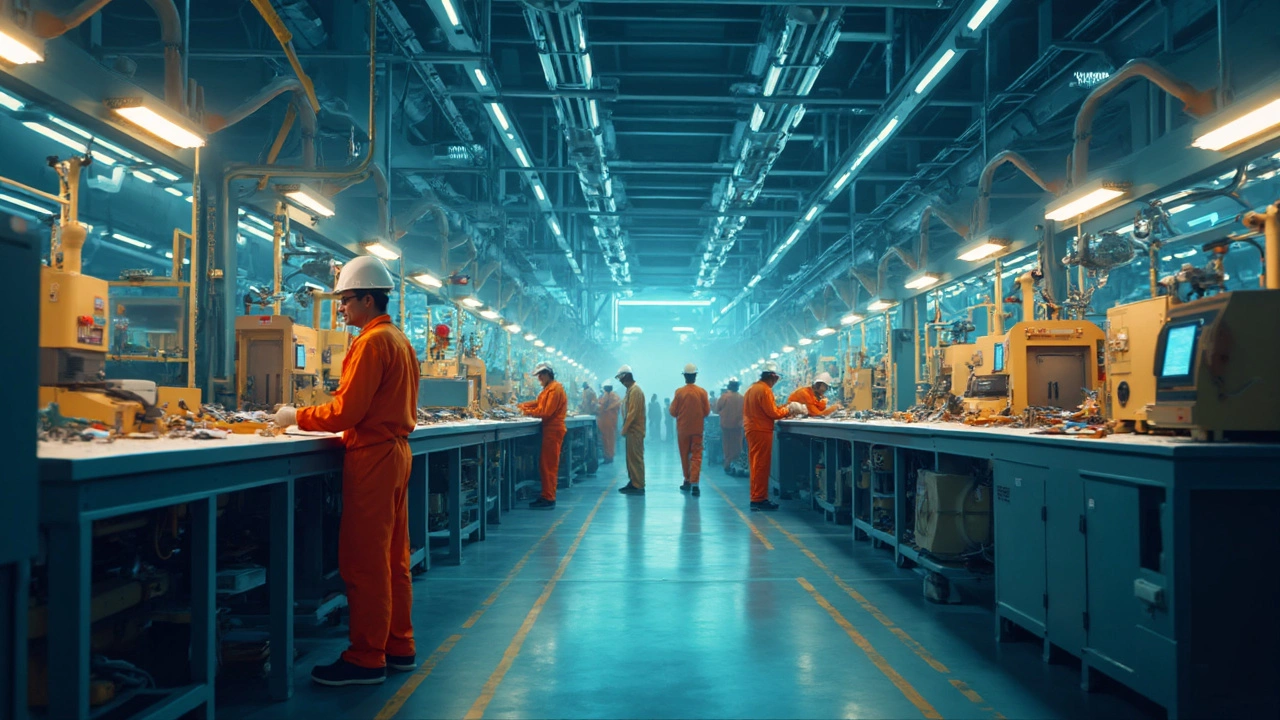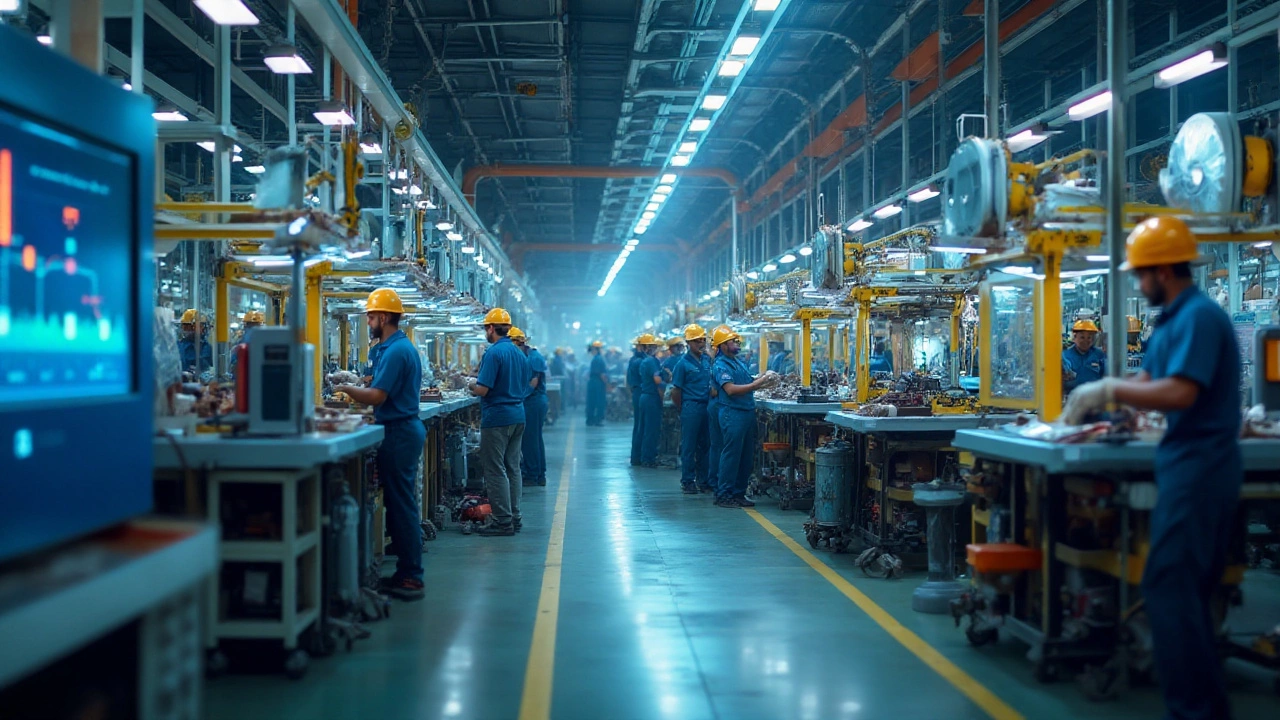Government and Manufacturing Overview
When working with Government and Manufacturing, the intersection of public policy and industrial production in India, where regulations, incentives, and schemes shape how factories operate and grow. Also known as policy‑driven manufacturing, it influences everything from factory floor safety standards to export subsidies. This blend of rules and resources creates a unique environment that fuels both job creation and technological upgrades. Government and Manufacturing isn’t just a buzzword; it’s the backbone of the country’s push to become a global manufacturing hub.
Key Topics Covered
One of the most tangible outcomes of this policy mix is the rise of manufacturing jobs, roles ranging from hands‑on assemblers to data‑driven process engineers. Government schemes fund apprenticeship programs, skill‑development grants, and wage subsidies that lower entry barriers for fresh talent. Alongside workforce growth, the 6M framework, a quality‑control model covering Man, Machine, Material, Method, Mother Nature, and Measurement gets a boost from policy incentives encouraging lean practices and real‑time monitoring. When factories adopt the 6M approach, they report up to a 15% lift in efficiency, a figure that directly ties back to grant‑supported technology upgrades.
The structural side of production is equally shaped by policy. The manufacturing system components, core building blocks such as automation hardware, software integration layers, and logistics networks often qualify for tax rebates and low‑interest loans. This financial encouragement pushes firms to replace outdated equipment with smart sensors and robotics, which in turn feeds data into the 6M model for tighter control. Complementing this, the 4P manufacturing, a strategy focused on Product, Process, Plant, and People receives dedicated funding streams aimed at sustainability and scalability. By aligning the 4Ps with government priorities, companies can lower carbon footprints while expanding capacity, creating a win‑win for both the economy and the environment.
All these pieces—jobs, frameworks, components, and strategic models—interlock to form a cohesive ecosystem. The central idea is simple: effective public policy amplifies industrial capability, and robust industry feedback refines policy design. In the listings below, you’ll find deep dives into each of these areas: how to land a manufacturing job with the help of government schemes, step‑by‑step guides to applying the 6M framework, breakdowns of essential system components, and practical tips for leveraging the 4P model under current regulations. Whether you’re a job‑seeker, a plant manager, or a policy enthusiast, the collection offers actionable insights that translate policy language into real‑world results.




